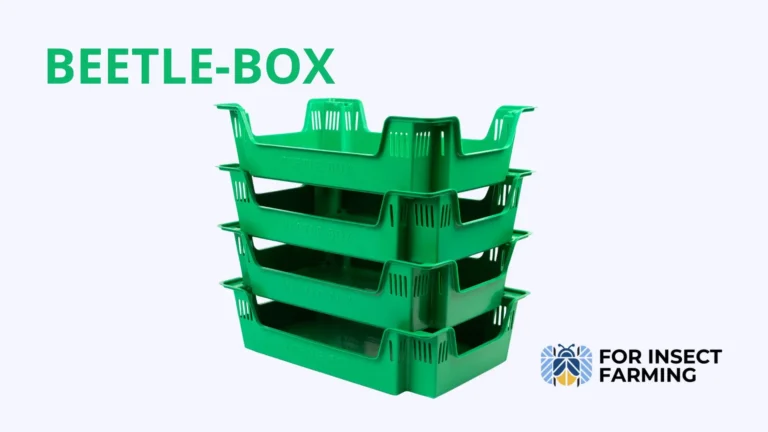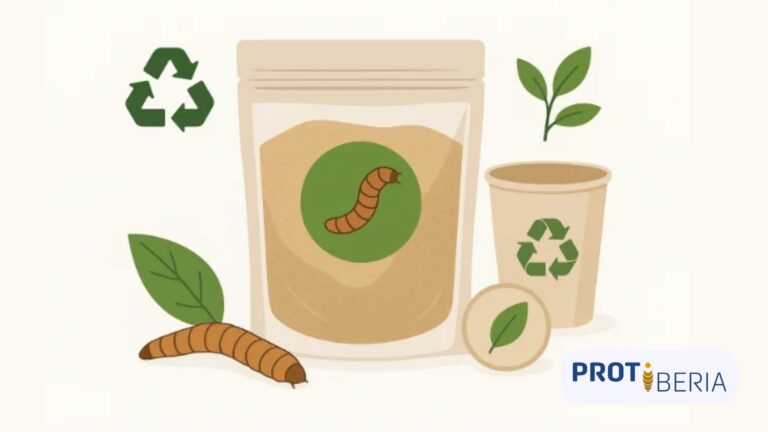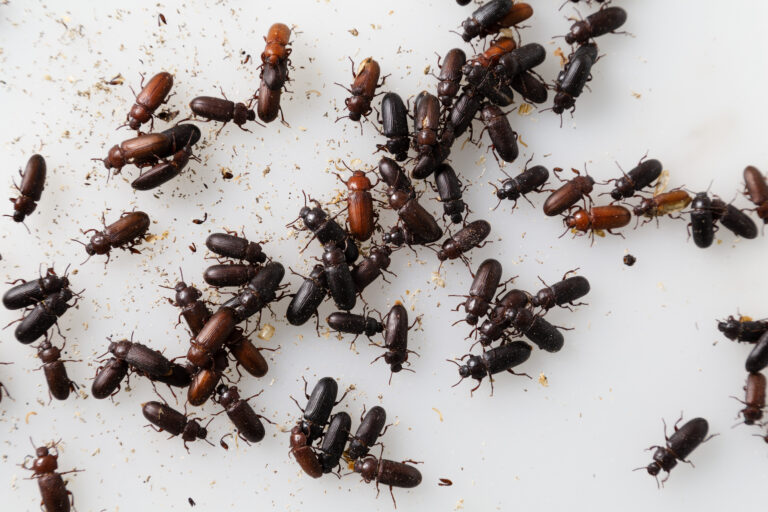| Entomophagy, or insect consumption, is an ancestral practice present in various cultures in America, Asia, Oceania and Africa, valued for its nutritional value. In Europe, although less common, it has been studied since the Renaissance, with figures such as Andrea Bacci and Ulisse Aldrovandi highlighting its benefits. In modern times, researchers such as Paul Rozin are exploring its potential as a sustainable food source. |
Entomophagy Across Continents: A Global Tradition
Entomophagy, the consumption of insects by humans, is an ancient practice that has been
maintained in diverse cultures around the world. In the Americas, Asia, Oceania and Africa,
insect consumption has been and continues to be an integral part of traditional diets, with
each region developing its own culinary customs and uses based on local resources.
In the Americas, especially in the pre-Hispanic cultures of Mesoamerica, entomophagy was
common and deeply rooted in society. The Aztecs, for example, included in their diet a wide
variety of insects such as chapulines, ahuautle and jumiles. These were not only staple foods,
but in some cases were considered delicacies reserved for the nobility. In the Amazon region,
many indigenous communities have historically relied on insects such as ants, termites and
beetle larvae as an essential part of their diet, recognizing the nutritional value of these
organisms.
In Asia, entomophagy is still a common practice, especially in countries such as Thailand,
Cambodia and Vietnam, where insects are part of the daily diet. In Thailand, street markets
offer a wide variety of fried insects, such as crickets, silkworms and grasshoppers, prized for
both their taste and nutritional value. In China, in addition to their food use, some insects are
considered medicinal ingredients in traditional medicine, where they are used to treat various
ailments.
Oceania, particularly Australia, presents another millenary tradition of entomophagy among
indigenous cultures. Australian Aborigines have consumed insects for thousands of years, with
the Witchetty larvae standing out as a fundamental food in their diet. Rich in protein and fat,
this larva is harvested in the Australian outback and consumed both raw and cooked. This
practice not only highlights the adaptability of indigenous cultures to their environment, but
also the importance of insects as a food resource in arid regions.
In Africa, entomophagy is equally common and varies by region. In countries such as the
Democratic Republic of Congo and Uganda, insects such as caterpillars, locusts and termites
are valued foods, consumed especially during certain seasons when they are most abundant. In
some African cultures, insects not only provide a crucial source of protein, but also have
significant cultural and symbolic value, being integrated into traditional rituals and ceremonies.
In contrast, Europe has shown a more reticent attitude towards entomophagy, where the
consumption of insects has historically been less common and still generates rejection in some
sectors of the population. However, academic interest in entomophagy in Europe has deep
roots. During ancient Rome, although not a widespread practice, there are records of insects
consumed in specific contexts. The Middle Ages offer little documentation on the subject,
which limits knowledge about the extent of this practice at that time.
It was during the Renaissance that insect consumption began to receive more attention in
Europe. Figures such as Andrea Bacci and Pierre Belon, both physicians and naturalists, wrote
about the culinary use of insects, recognizing their nutritional and medicinal benefits. Bacci
recommended the consumption of insects as a healthy source of nutrition, while Belon
highlighted how the inhabitants of Turkey and other Eastern countries consumed insects such
as ants and grasshoppers, even suggesting their use as remedies for indigestion. Another
Renaissance scholar, the Swiss Conrad Gesner, documented the medicinal and culinary use of
insects in central Europe.
As Europe moved toward modernity, entomophagy continued to be the subject of study. Ulisse
Aldrovandi, a 16th century Italian naturalist, stressed the importance of insects as a source of
protein and nutrients, proposing their cultivation as an inexpensive and abundant food
resource for the poor. Aldrovandi was also a pioneer in recognizing the ecological importance
of insects, including their role in pollination.
In later centuries, figures such as Charles Darwin and Jean Henri Fabre contributed to the study
of entomophagy from a scientific perspective. Darwin, during his travels in South America,
recounted his experiences consuming insects, while Fabre explored their culinary uses in his
work “Souvenirs Entomologiques”. In the 19th century, Vincent M. Holt, an English naturalist,
advocated entomophagy in his book “Why Not Eat Insects?”, where he argued that insects
were a nutritious and sustainable food source, comparing them to other foods and suggesting
that their popularization might depend on making them a fad.
In more recent times, American psychologist Paul Rozin has investigated the history and
cultural significance of insect consumption, comparing attitudes toward entomophagy in
different cultures and exploring its potential as a food source in the future.
Summary
In summary, entomophagy has been a global practice that has evolved and endured in diverse
cultures over the centuries. Although Europe has shown some historical resistance, academic
interest has kept the discussion of the nutritional and cultural benefits of insect consumption
alive, fostering a greater understanding and appreciation of this ancient practice around the
world.
References
DeFoliart, G. R. (1999). Insects as food: why the western attitude is important. Annual review of entomology, 44(1), 21-50.
Durst, P. B., Johnson, D. V., Leslie, R. N., & Shono, K. (2010). Forest Insects as Food: Humans
Bite Back: Proceedings of a Workshop on Asia-Pacific Resources and Their Potential for
Development, 19-21 February 2008, Chiang Mai, Thailand. RAP publication, 02.
Meyer-Rochow, V. B. (2009). Food taboos: their origins and purposes. Journal of ethnobiology
and ethnomedicine, 5, 1-10.
Ramos‐Elorduy, J. (1997). Insects: a sustainable source of food?. Ecology of food and
nutrition, 36(2-4), 247-276.
Olivadese, M., & Dindo, M. L. (2023). Edible insects: a historical and cultural perspective on
entomophagy with a focus on Western societies. Insects, 14(8), 690.
Van Huis, A. (2013). Potential of insects as food and feed in assuring food security. Annual
review of entomology, 58(1), 563-583.


